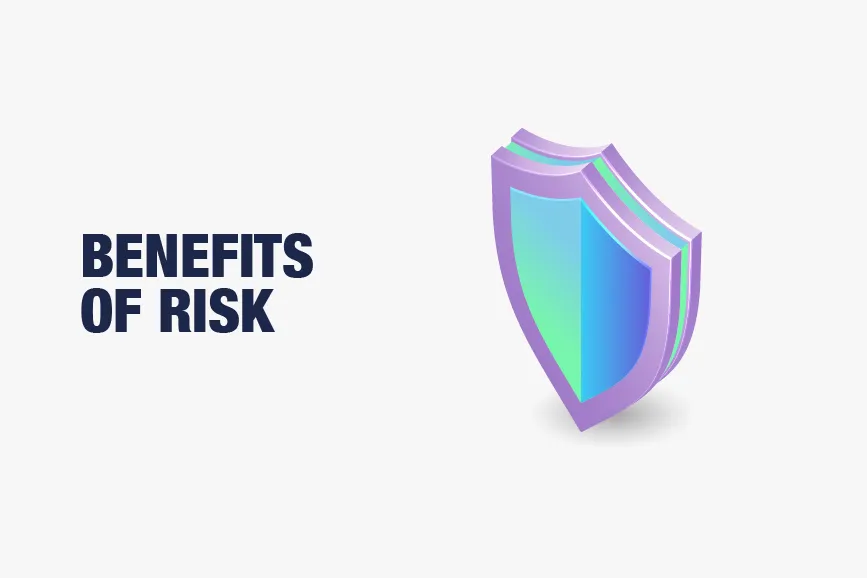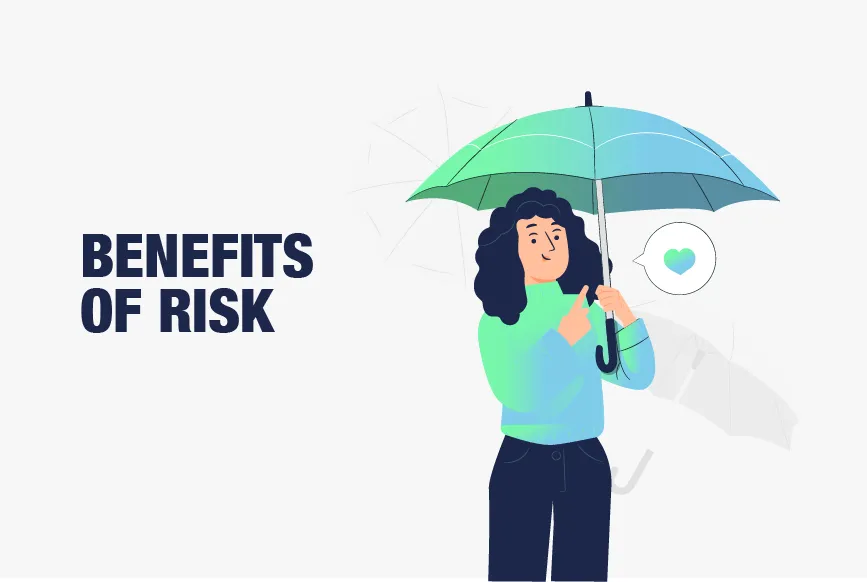The ultimate goal of any business is getting maximum profit. Hoping to obtain one, managers must take into account a lot of factors and have to envisage potential risks the organization is likely to face. It doesn’t mean that such accidents will necessarily occur, but the enterprise must be ready for emergencies that lay in wait for it on its way to the major league of business. In the contemporary IT-powered world, financial risk management software is a second-to-none instrument to essentially streamline and facilitate this effort-consuming process.
Financial Risk Management Software: Tasks to Solve
How do experts assess the current situation across industries in relation to risks that might emerge while companies pursue their core business activities? According to the Global Risk Management Study conducted last year, over three-fourths of them believe that the modern business landscape is growing complex and volatile with risks cropping up at a neck-breaking speed.
The vicious attack of the global pandemic and the cruel war that Russia launched against Ukraine has underscored the fragility of the existing world order subject to a whole gamut of versatile risks nowadays. Since 29% of risk leaders admit financial risks to be most important, it is mission-critical for enterprises to learn to predict and cope with them on short notice.
Having this aim in view, companies employ the best software financial risk management requires. It is a set of tools that are applied to identify, gauge, monitor, and mitigate risks related to financial flows and operations. Such solutions are honed to address five kinds of risks that, once occurring, can have an adverse impact on the functioning of businesses.
- Operational risks. These are endemic to any organization and can vary depending on the nature of the activity the company is involved in. They arise if the business model the enterprise has fails in some aspect or turns out to be inadequate or incorrect. Alongside such model-driven risks, this category comprises personnel problems, frauds, lawsuits filed against the company, etc.
- Market risks. Even if the organization can boast of a clockwork operational pattern, it is still subject to market shifts in the niche. Such contingencies include fluctuations in interest and exchange rates, commodity price alterations, and equity shifts. Even if these don’t happen, the company may be outstripped by a competitor that comes up with a more attractive proposition or the offer of a unique product/service.
- Compliance risks. Modern companies function within stringent legal frameworks, stepping over which incurs major fines and penalties. The top financial risk management software will make sure you can avoid such developments.
- Credit risks. Crediting is also a hazard area for businesses. On the one hand, a company must make sure its customers can pay back the credits extended to them. On the other hand, the enterprise must see to it that it has sufficient cash flows to timely pay the bills to suppliers and partners unless they stop cooperating with it.
- Liquidity risks. Liquidity boils down to the ease of transforming a company’s assets into cash. Risk management in this domain should rule out running out of cash to ensure uninterrupted coverage of all expenses.
The best financial software will embrace all these aspects while moving down the foolproof algorithm of its functioning.
Zooming in on Financial Risk Management Software Operation

There is a standard procedure according to which financial risk management software operates.
Step 1. Risk Identification and Evolution
The solution collects data from all IT resources that a company utilizes in its workflow (CRM, ERP, enterprise apps, etc.) and pinpoints current and future risks related to any activities that may result in financial damage.
Step 2. Risk Assessment
Applying a combination of qualitative and quantitative parameters, the software estimates the implications of each risk on a comparative scale.
Step 3. Risk Prioritization
At this stage, a likelihood/impact matrix is leveraged to determine the most dangerous financial risks.
Step 4. Response Planning
This is not an obligatory element, but any vendor aspiring to become a world leader in treasury and financial risk management software includes in its products the capacity to develop responses to challenges identified at previous stages.
Step 5. Risk Handling Implementation and Monitoring
The solution watches how the proposed financial risk management measures are implemented and tracks their effectiveness over time.
Employment of a top-notch financial risk management solution ushers numerous boons to organizations utilizing them.
Benefits of Financial Risk Management Software Scrutinized
Naturally, the major boon of onboarding financial risk management solutions is predicting and avoiding risks that may lead to financial losses. However, the introduction of this technology into your routine workflow can yield some essential auxiliary perks.
-
Adoption of a risk management strategy. Such solutions typically come as a part of a broader picture – a comprehensive risk management policy that formalizes the whole procedure and elaborates the algorithm of risk management in all details.
-
Handling massive amounts of data. Any state-of-the-art software is honed for processing huge databases which, if performed manually, would take eons to accomplish.
-
A deeper understanding of profit sources. Since the know-how evaluates possible risks to obtaining profits, leveraging it you will get a complete list of all revenue-generating assets to accurately estimate factors that may have an impact on them.
-
Enhanced performance measurement. Financial risk management software reviews, analytics, and metrics will furnish ample data that would help you assess the overall efficiency of the organization and detect problem zones in it.
-
Augmented compliance. It is hard for humans to follow the numerous regulations pertaining to a certain industry whereas risk management software can constantly monitor the legislation and forestall violations that will be followed by fines and (most likely) litigations.
-
Improvement of shop floor processes. When the AI assesses the financial risks your organization may face, it also suggests ways to prevent them. Such guidelines involve fine-tuning or sometimes significantly overhauling your workflow, which is sure to tell positively on all KPIs of your enterprise that reflect cost optimization, customer service quality, etc.
To enjoy all these benefits, you should know how to choose financial risk management software properly.
Features to Look for in Financial Risk Management Solutions

The modern financial risk management software market is full of solutions to match all tastes and wallet sizes. What should you steer by while choosing software for your organization? As a seasoned IT vendor with dozens of successful projects under our belt, we would like to recommend a list of must-have features and characteristics that a high-profile risk management solution should contain.
-
Intuitive dashboard. Visual representation of all data and indices should be user-friendly and straightforward so that any employee irrespective of their technical background could import them from a spreadsheet or process them in any other way.
-
Evaluation techniques. Stakeholders should be able to assess risks in understandable numbers and scales.
-
Broad integration capacities. The solution should play well with all on-premises or cloud-based software your company relies on in its workflow. Moreover, it must integrate with compliance management software to embrace this element of risk management as well.
-
Collaboration support. A risk management endeavor is a team venture that can be undertaken both by in-house specialists and experts from without the company. Consequently, a risk management tool should enable such joint efforts in the form of collaborative workflows. Besides, it should support multiple roles and allow access from several endpoints.
-
Analytics and reporting. The solution must enable risk analysis and provide reporting opportunities. Thanks to the latter, not only rank-and-file employees but all stakeholders (including managers) should be able to view the results and detect trends to adopt data-driven decisions aimed at nipping risks in the bud.
-
High-end security. Since the system is going to have access to the organization’s financial dossiers and customers’ personal data, it is vital for such software to be extra safe. It should come with compliance certificates (conventionally, ISO 27001 and SOC 2) and be protected against penetration attempts. Otherwise, instead of providing risk management, it has all chances to become a risk factor itself.
If you decide to opt for a boxed solution of this kind, you should bear in mind that even the best free financial risk management software is likely to miss some of these features. Why? Because, looking for a balanced combo of them, its developers aim to oblige everyone and very often end up creating a perfect fit for no one. Moreover, your customization efforts aimed at tailoring it to cater to the unique needs of your enterprise will have quite a limited scope, to put it mildly.
That is why commissioning a bespoke financial risk management solution is the wisest choice to make. The high-profile specialists of Owlab have the requisite skills and experience to tackle any financial risk management project and deliver a top-notch product within the stipulated time and budget.
Summing It up
Seamless functioning of a modern enterprise is impossible without forestalling financial risks it may encounter in its routine workflow. By leveraging custom financial risk management software built to your specific order, you will be able to efficiently tap possible hazard areas and prevent your organization from suffering financial losses.